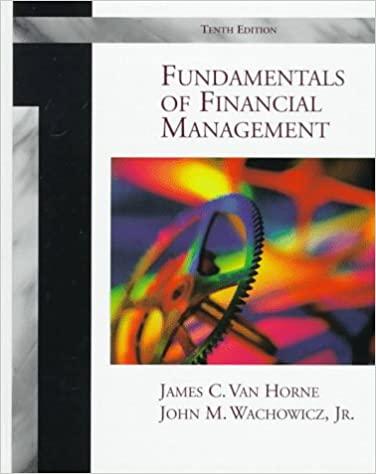Question
Economy A Information For all questions, consider Economy A. In this economy, there are four firms potentially interested in issuing a $30,000 bond to do
Economy A Information
For all questions, consider Economy A.
In this economy, there are four firms potentially interested in issuing a $30,000 bond to do a project each hopes will be profitable: The Ace Firm has a 50% chance of an $80,000 return. The Boo Firm has a 70% chance of a $60,000 return. The Cam Firm has an 85% chance of a $50,000 return. The Doe Firm is credibly guaranteed to get a $46,500 return. The only other possibility for all firms is failure, a $0 return.
These firms will issue bonds as long as savers want them.
Stage One: Symmetric Information
We begin in Stage One, assuming that conditions are initially perfectly symmetric. In these conditions, bond buyers demand an expected value with a 25% return in order to buy the bond. In other words, they must expect $30,000 back plus 25% of $30,000, totaling $37,500.
Calculate the expected value of the Cam Firms project.
Select the firms that will issue bonds in Stage One, where information is perfectly symmetric. You must select all applicable firms to get the answer correct.
Stage Two: Asymmetric Information I
Next, we enter Stage Two, where information is asymmetric, but bond buyers assume no firms have yet left the market as a result. Because information is now asymmetric, bond buyers demand a higher return to compensate themselves for risk. They now demand a return of 35% ($40,500 total) to buy the bond.
What is the required minimum potential return bond buyers will demand to buy bonds under these conditions, taking into account firm risk? Follow the formatting instructions as in the first question.
Select the firms that will issue bonds in Stage Two, where conditions are as listed above. You must select all applicable firms to get the answer correct.
Stage Three: Asymmetric Information II
Next, we enter Stage Three, in which the firms that you said won't issue bonds in the previous question do indeed drop out of the market, and buyers know this. Answer the question below. (Though I won't ask you to enter the results, go ahead and figure out the required potential return and what firms will drop out in Stage Three as well.)
Considering what firms are left as Stage Three starts, what percentage likelihood of success will bond buyers use in their calculations for Stage Three?
Stage Four: Asymmetric Information III
Finally, we reach Stage Four, in which all the firms you figured would drop out of the market in previous stages are indeed gone, and again, bond buyers know this. Answer the questions below.
What minimum potential return will savers demand to buy bonds in Stage Four? Follow the same formatting instructions you used above.
After the events of Stage Four, describe the market for bonds. Has market failure occurred? Explain as requested in the multiple choice question.
This is our final question concerning Economy A. After the events of Stage Four, describe the market for bonds
Market failure has not occurred because at least one firm is still issuing bonds.
Market failure has occurred because only the riskiest firm is issuing bonds.
Market failure has not occurred because no firms are issuing bonds.
Market failure has occurred because no firms are issuing bonds.
Step by Step Solution
There are 3 Steps involved in it
Step: 1

Get Instant Access to Expert-Tailored Solutions
See step-by-step solutions with expert insights and AI powered tools for academic success
Step: 2

Step: 3

Ace Your Homework with AI
Get the answers you need in no time with our AI-driven, step-by-step assistance
Get Started


